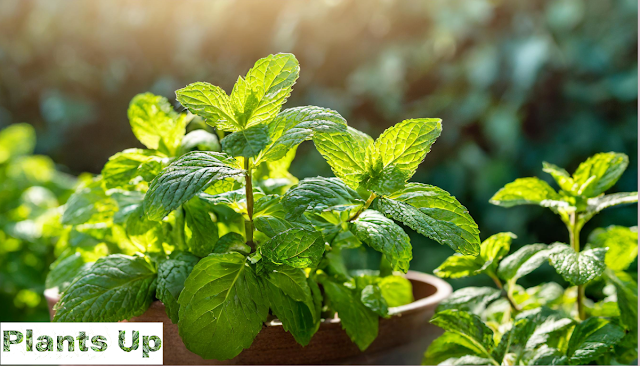 |
| Indoor Gardening |
Indoor gardening is the practice of growing plants inside a building, typically in a house or apartment. It has become increasingly popular in recent years, as more people are looking for ways to bring nature into their homes and enjoy the benefits of gardening without having access to outdoor space.
There are many types of plants that can be grown indoors, including herbs, vegetables, and
ornamental plants. Some popular indoor plants include
spider plants, pothos, snake plants, and
philodendrons. Many of these plants are easy to care for and can be grown in a variety of conditions.
When it comes to indoor gardening, there are several factors to consider. One of the most important is light. Plants need light to grow, so it's important to choose a spot in your home that gets enough natural light, or to use artificial grow lights if natural light is limited.
Another important factor is water. Most indoor plants need to be watered regularly, but over-watering can be just as harmful as under-watering. It's important to understand the watering needs of each plant and to avoid letting them sit in standing water.
Finally, soil is also important for indoor gardening. The right type of soil can help your plants grow strong and healthy, while poor soil can lead to problems like root rot and poor growth. There are many types of soil available, including potting mixes and specialized soils for specific types of plants.
Indoor gardening can be a fun and rewarding hobby, providing a connection to nature and a sense of accomplishment as you watch your plants grow and thrive. With the right conditions and care, you can create a beautiful indoor garden that brings joy and beauty to your home.
Benefits/Advantages/Why Indoor Gardening?
Indoor gardening has many benefits, both for the environment and for our personal well-being. Here are some of the top benefits of indoor gardening:
Improved air quality: Plants absorb carbon dioxide and release oxygen, which can help to improve the air quality in your home. In addition, some plants are particularly effective at removing pollutants and toxins from the air, such as formaldehyde and benzene.
Reduced stress and anxiety: Spending time around plants has been shown to reduce stress and anxiety levels, and can help to create a more calming and relaxing environment in your home.
Improved mental health: Indoor gardening can provide a sense of purpose and accomplishment, which can help to boost self-esteem and improve mental health.
Connection to nature: Indoor gardening allows you to bring a bit of nature into your home, even if you don't have access to an outdoor garden. This can help to create a sense of connection to the natural world and provide a calming influence.
Access to fresh herbs and vegetables: Growing your own herbs and vegetables indoors can provide you with fresh, organic produce that you can use in your cooking. This can help to improve the quality of your diet and reduce your environmental impact.
Decorative benefits: Indoor plants can also serve as decorative elements in your home, adding a touch of greenery and beauty to any room.
Overall, indoor gardening is a fun and rewarding hobby that can provide a variety of benefits for your health and well-being. Whether you are looking to improve the air quality in your home, reduce stress and anxiety, or simply enjoy the beauty of nature, indoor gardening is a great way to do so.
Disadvantage of Indoor Gardening
While indoor gardening has many benefits, there are also some potential disadvantages to consider. Here are some of the most common disadvantages of indoor gardening:
Limited space: Indoor gardening typically requires space to place containers, pots, or vertical gardens. Depending on the amount of space available, the variety and quantity of plants may be limited.
Lack of natural light: Most indoor plants require natural light to thrive, and many indoor spaces do not receive enough sunlight to support plant growth. This may require additional artificial lighting, which can be expensive and may use a lot of energy.
Increased humidity: Indoor plants require a certain level of humidity to grow, which can lead to increased humidity levels in your home. High humidity can lead to mold growth and other health issues if not properly managed.
Pests and diseases: Indoor gardening can be more susceptible to pests and diseases than outdoor gardening, as plants are in a confined space with little air circulation. This can require additional maintenance and care to prevent infestations.
Maintenance requirements: Indoor plants require regular care, including watering, fertilizing, and pruning, which can be time-consuming and require a certain level of expertise.
Potential for soil contamination: Depending on the type of soil and fertilizer used, indoor gardening can lead to soil contamination, which can be harmful to both humans and the environment.
Overall, while indoor gardening can be a rewarding hobby, it's important to carefully consider the potential disadvantages and take steps to mitigate them. This can include choosing the right plants for your space, investing in proper lighting and ventilation, and practicing good plant maintenance and care.
Thanks for visiting Plants Up!

